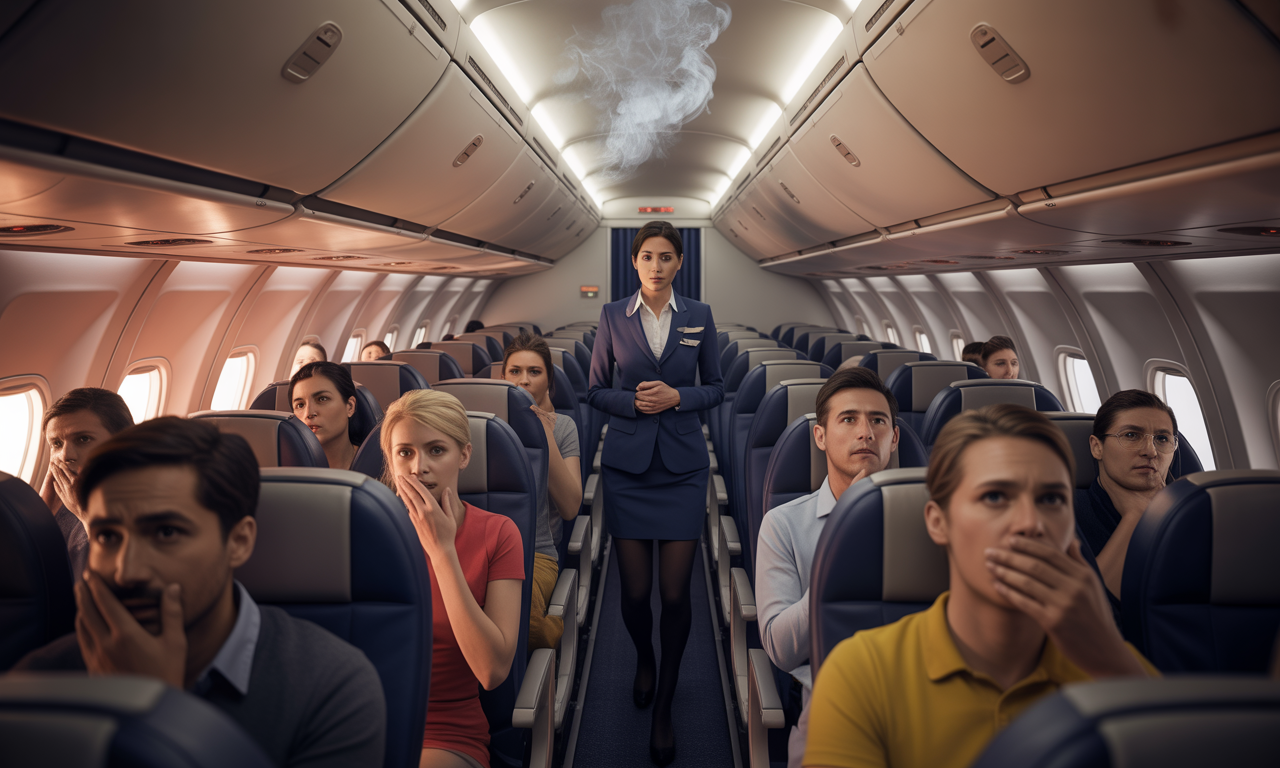Following an alert issued byAESAan engine-integrated device LEAP has been identified as a potential source of smoke intrusion into the cabin. Although rare, this situation is causing concern in the aviation community. The tests and analyses carried out by experts are aimed at determining the precise origin of this anomaly. In view of the safety issues at stake, the authorities are recommending increased vigilance and rigorous monitoring to ensure flight safety. Investigations are continuing in order to implement the necessary corrective measures. Collaboration between manufacturers and authorities will ensure safety.
Recently, aAESA drew the attention of the entire aviation community. According to the alert, a integrated into LEAP engines could be responsible for the appearance of smoke inside aircraft cabins. This information, relayed by the relevant departments, raises a major concern for air operators and passengers alike.
The discovery of the malfunction is based on data from extensive tests and observations made during recent flights. The experts observed that certain components linked to the LEAP engines could lead to abnormal emissions in the passenger compartment. Although initial investigations do not point to any immediate safety risk, the current investigation aims to analyse in detail the mechanism behind this phenomenon.
As part of its quality control and safety procedures, theAESA continues to closely monitor all incidents reported by airlines. The potentially incriminating device is currently under closer scrutiny. Engineers, particularly those specializing in the field ofaeronauticsWe are working to identify the exact causes of the malfunction, so that we can implement the necessary corrective measures.
Investigations are focusing on several technical aspects, such as the composition of the materials used and the integration of advanced technologies in the LEAP engine. Initial results point to an unforeseen interaction between certain components and the in-flight environment. At the same time, engineers are studying the impact of this phenomenon on passenger comfort and safety, to assess whether preventive measures need to be considered.
The announcement of this alert prompted a number of experts to take a stand and reiterate the importance of constantly monitoring technological developments in the aeronautical sector. Accumulated feedback enables us to continuously adapt safety standards, while ensuring greater responsiveness to detected anomalies. Transparency and rigor in the communication of alerts help to reinforce public and professional confidence in the monitoring of equipment quality.
The competent authorities insist on the need for close cooperation with manufacturers and technical teams in the field to resolve this issue. Joint efforts should enable the rapid definition of the corrective solutions to be implemented to ensure that flight safety remains the top priority. This enhanced verification process is an example of how vigilance and expertise combine to meet the challenges of propulsion system modernization.

Alert on the LEAP engine system
| Criteria | Details |
|---|---|
| Alert source | AESA |
| Component concerned | LEAP engines |
| Identified problem | Risk of smoke in the cabin |
| Potential impact | Passenger safety at stake |
| Emergency level | Critical situation requiring analysis |
| Immediate action | Enhanced inspection and verification |
| Internal communication | Reporting to maintenance teams |
| Technical support | Scheduled inspections and feedback |
| Operating context | Enhanced post-detection monitoring |
| Recommendation | Vigilance and rapid corrective action |




